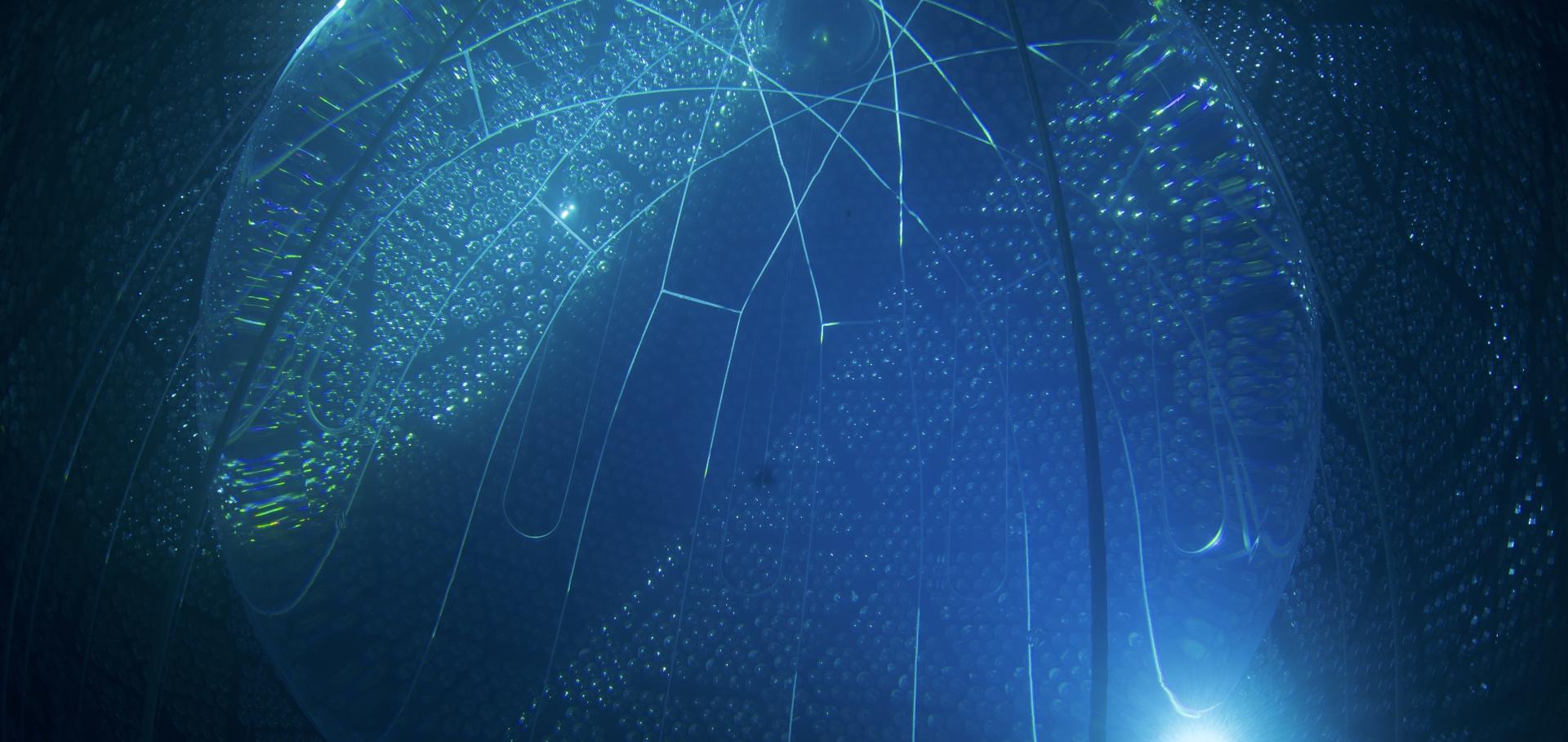Transverse momentum and total cross section of e+e- pairs in the Z-boson region from p(p)over-bar collisions at √s=1.8 TeV
PHYSICAL REVIEW LETTERS 84:5 (2000) 845-850
Measurement of the B0B̄0 oscillation frequency using l-D*+ pairs and lepton flavor tags
Physical Review D - Particles, Fields, Gravitation and Cosmology 60:11 (1999) 1-12
Abstract:
The oscillation frequency Δmd of B0B̄0 mixing is measured using the partially reconstructed semileptonic decay B̄0→l-ν̄D*+X. The data sample was collected with the CDF detector at the Fermilab Tevatron collider during 1992-1995 by triggering on the existence of two lepton candidates in an event, and corresponds to about 110 pb-1 of p̄p collisions at √s=1.8 TeV. We estimate the proper decay time of the B̄0meson from the measured decay length and reconstructed momentum of the l-D*+ system. The charge of the lepton in the final state identifies the flavor of the B̄0 meson at its decay. The second lepton in the event is used to infer the flavor of the B̄0 meson at production. We measure the oscillation frequency to be Δmd=0.516 ±0.099-0.035+0.029 ps-1, where the first uncertainty is statistical and the second is systematic. ©1999 The American Physical Society.Measurement of b quark fragmentation fractions in the production of strange and light B mesons in pp̄ collisions at √s=1.8 TeV
Physical Review D - Particles, Fields, Gravitation and Cosmology 60:9 (1999) 1-14
Abstract:
A new technique to measure the ratio of b quark fragmentation fractions in pp̄ collisions is described. Using a 70-pb-1 sample of low-mass dimuon trigger data recorded with the Collider Detector at Fermilab, we identify B mesons by observing the double semileptonic decays b→c μX with c→s μX. By counting the numbers of K*(892)0, K*(892)+, and φ(1020) mesons produced in association with these muon pairs, we measure the ratio of strange to nonstrange B meson production to be fs/(fu+fd)=[21.0±3.6(stat) -3.0+3.8(syst)]%. This measurement is the most precise available from hadron collisions to date. Limits on the branching fractions of semileptonic charm meson decays with K1(1270), K1* (1410), and K2*(1430) mesons in the final state are also obtained. ©1999 The American Physical Society.Measurement of the associated γ+μ± production cross section in pp̄ collisions at √s=1.8 TeV
Physical Review D Particles Fields Gravitation and Cosmology 60:9 (1999) 1-5
Abstract:
We present the first measurement of associated direct photon+muon production in hadronic collisions, from a sample of 1.8 TeV pp collisions recorded with the Collider Detector at Fermilab. Quantum chromodynamics (QCD) predicts that these events are primarily from the Compton scattering process cg→cγ, with the final state charm quark producing a muon. Hence this measurement is sensitive to the charm quark content of the proton. The measured cross section of 29±9 pb is compared to a leading-order QCD parton shower model as well as a next-to-leading-order QCD calculation. ©1999 The American Physical Society.Measurement ofB 0 − B 0 p p ¯ s = 1.8 TeV
Physical Review D American Physical Society (APS) 60:7 (1999) 072003


